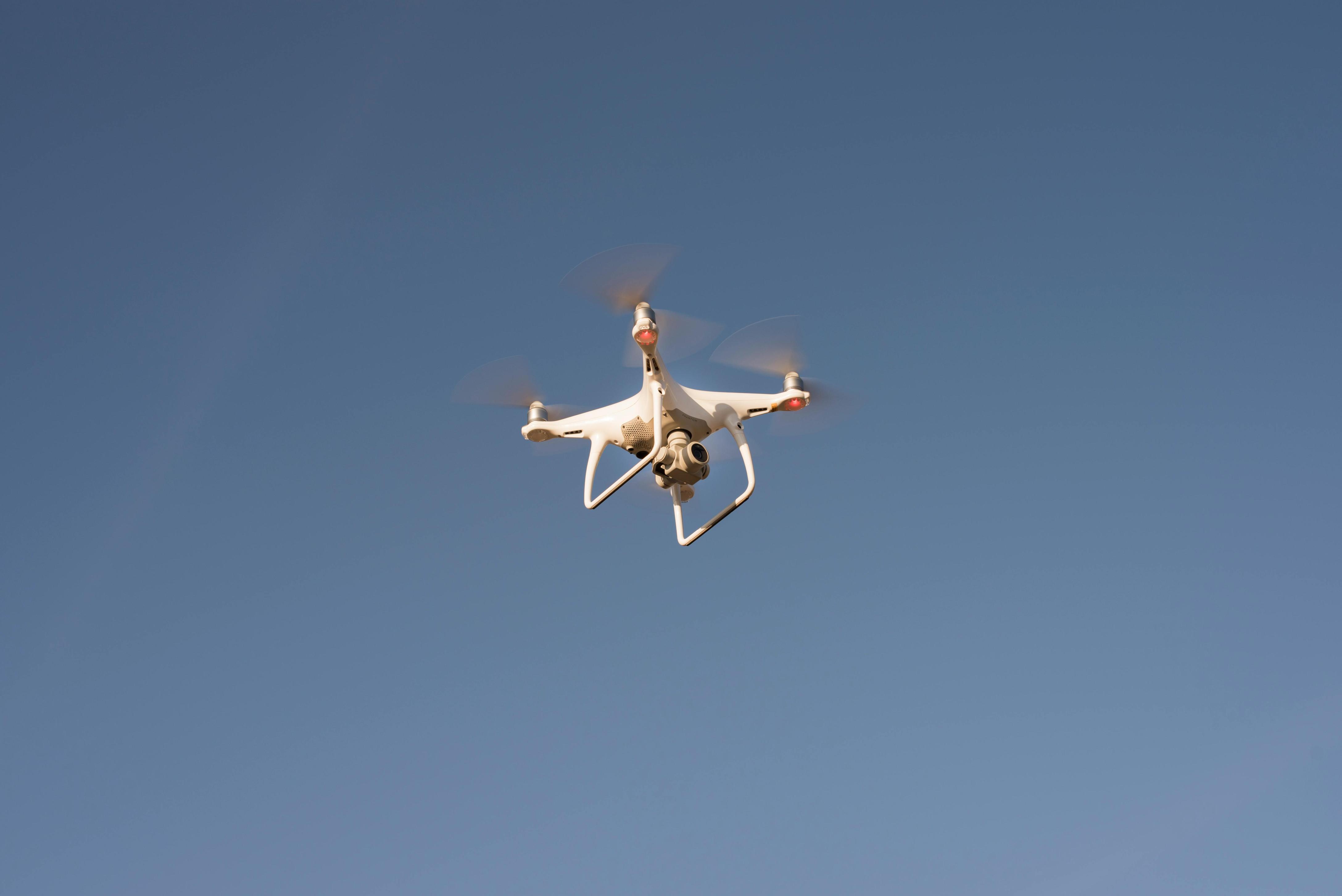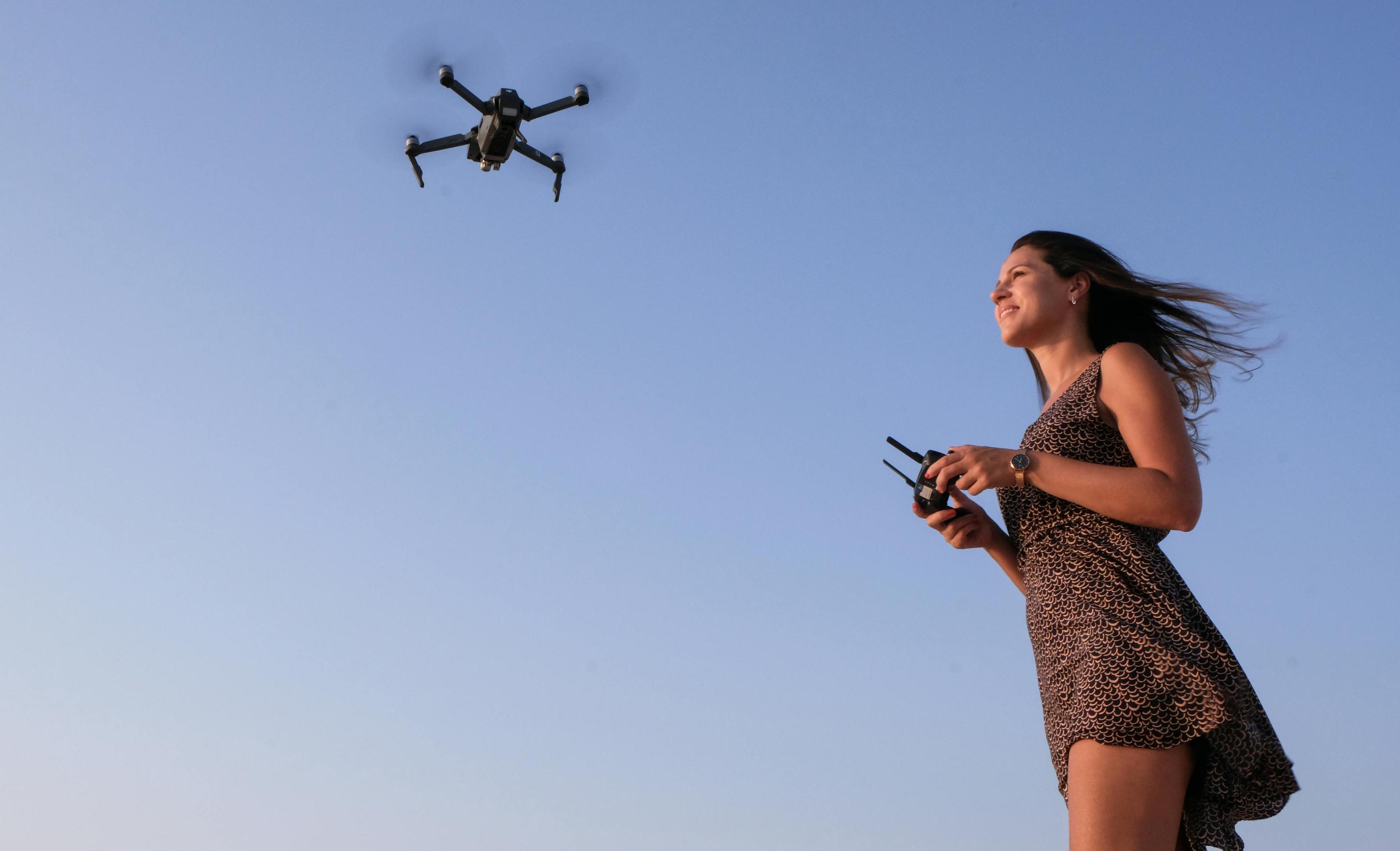Introduction
Drones, also known as unmanned aerial vehicles (UAVs), offer a versatile solution for a variety of applications. Initially developed for military purposes, these flying machines have made substantial inroads into various civilian industries. From enhancing agricultural efficiency to capturing breathtaking aerial views, executing rescue missions, and monitoring the environment, drones serve crucial roles that might have been unimaginable just a few years ago.

Agricultural Applications
Precision Farming
Precision farming utilizes drones to optimize the use of inputs like water, fertilizer, and pesticides in agricultural practices. By collecting data from fields, these UAVs help farmers make informed decisions that can boost yield and reduce waste. Equipped with sensors, drones can map soil types and moisture levels, ensuring that resources are applied precisely where and when they are needed.
Crop Monitoring and Health Assessment
Drones play an essential role in monitoring crops and assessing their health. Multi-spectral sensors capture images that provide data on plant health by measuring indicators like the chlorophyll levels. This allows farmers to detect diseases, infestations, and nutrient deficiencies early, leading to timely interventions that can save entire crops and reduce economic loss.
Livestock Management
Farmers are now using drones to manage livestock more efficiently. These aerial vehicles can locate and count animals across large pastures, check for signs of distress, and even guide herds. The visual data gathered helps farmers track the well-being of their livestock, ensuring better care and improving overall productivity.

Aerial Photography and Videography
Drones have become a game changer in various visual industries. By providing unique aerial perspectives, they have revolutionized both professional filmmaking and real estate marketing.
Professional Filmmaking
Drones have revolutionized the filmmaking industry by providing unique aerial shots that were once only possible with expensive helicopter rentals. Filmmakers can now capture dynamic, sweeping views at a fraction of the cost. High-definition cameras mounted on drones make it feasible to record intricate scenes with remarkable clarity and stability.
Real Estate Marketing
In real estate, high-quality drone images and videos offer potential buyers a comprehensive view of properties. Aerial shots showcase the location, layout, and surrounding environment, giving clients a much better understanding than ground-level photos. This strategy has become a valuable tool for realtors looking to present properties in the best possible light.
Event Coverage
Event organizers and media professionals are now incorporating drones to cover events like weddings, festivals, and concerts. These drones can capture various angles and provide panoramic views, creating engaging content that attracts viewers. The ability to fly over crowds and navigate tight spaces offers versatility that ground cameras can’t match.
Search and Rescue Operations
In emergency situations, speed and accuracy can make the difference between life and death. Here, drones are increasingly proving their worth.
Emergency Response and Disaster Management
In emergency situations, drones provide a rapid response solution. They can quickly survey disaster-stricken areas, gather real-time information, and relay it back to emergency teams. This enables faster and more efficient coordination, ensuring that help reaches where it’s needed most.
Finding Missing Persons
Drones equipped with thermal cameras and GPS can assist in search and rescue operations to locate missing persons. These UAVs can cover large areas much more quickly than ground search teams. The thermal imaging capabilities help spot people hidden in treacherous terrains, increasing the chances of a successful rescue.
Delivering Supplies to Inaccessible Areas
In disaster scenarios or remote locations, getting supplies to those in need can be extremely challenging. Drones offer a practical solution by delivering medical supplies, food, and other necessities to areas that are otherwise impossible to reach due to adverse conditions or destroyed infrastructure.

Environmental Monitoring and Conservation
Conserving our environment is more vital than ever, and drones provide a powerful tool in this effort.
Wildlife Tracking and Research
Drones offer a non-intrusive way to monitor wildlife and conduct extensive research. They can cover vast areas without disturbing habitats and collect data on animal movements and behaviors. This information is invaluable for wildlife conservationists aiming to protect endangered species.
Forest Conservation
Forests are vital for our ecosystem, and drones play a crucial role in monitoring their health. They can survey forested areas for signs of illegal logging, wildfires, and other potential threats. The data collected helps conservationists react promptly to protect these critical environments.
Pollution Monitoring
Environmental agencies use drones to monitor pollution levels and identify sources of contamination. Drones equipped with specialized sensors can measure air and water quality, providing real-time data that enables quick action to mitigate pollution and protect public health.
Commercial and Delivery Services
E-commerce and logistics industries are undergoing significant changes thanks to drone technology.
Drone Delivery Systems
Companies like Amazon and Google are experimenting with drone delivery systems to speed up the delivery of goods. By bypassing road traffic, drones can provide faster and more reliable services, especially in urban areas. This innovation has the potential to revolutionize the logistics industry.
Logistics Management
Drones are also employed in warehouses to streamline inventory management. Equipped with barcode scanners, these UAVs can quickly scan and update stock levels, making inventory checks faster and more accurate, thereby reducing the labor costs and improving operational efficiency.
Inspection and Maintenance
Infrastructure and energy sectors benefit immensely from the surveillance capabilities of drones.
Infrastructure Inspection
Regular inspections of infrastructure like bridges, dams, and highways are essential for public safety. Drones can perform these inspections more safely and efficiently than traditional methods. High-resolution cameras and sensors detect structural issues early, allowing for timely maintenance.
Power Line and Wind Turbine Maintenance
Inspecting power lines and wind turbines is hazardous and labor-intensive. Drones can safely navigate these structures, collecting detailed visuals that assist in identifying faults. This technology minimizes risks to workers and ensures that energy infrastructure remains in optimal condition.
Pipeline Monitoring
Pipeline monitoring is crucial to prevent leaks and environmental hazards. Drones equipped with thermal imaging cameras can detect pipeline anomalies, such as leaks and temperature variations, over extensive networks. This enhances the efficiency and safety of pipeline operations.
Military and Defense
The military sector continues to push the boundaries of drone technology, employing it in various critical missions.
Surveillance and Reconnaissance
Military forces use drones extensively for surveillance and reconnaissance missions. These UAVs provide real-time intelligence, gathering critical information without putting personnel at risk. Their ability to fly undetected makes them invaluable for military operations.
Tactical Operations
Drones support various tactical operations by providing aerial views, delivering supplies, and even carrying out direct strike missions. Their adaptability and precision offer significant advantages in combative scenarios.
Mine Detection
Mine detection is another area where drones demonstrate their value. Equipped with specialized sensors, these UAVs can detect and map minefields, minimizing risks to human life and speeding up demining processes.
Recreational and Hobbyist Uses
Drones have also found a place in the hearts of hobbyists and tech enthusiasts.
Consumer Drones for Personal Use
Drones have become increasingly popular among hobbyists. Individuals use these UAVs for personal photography, exploration, and simple recreational flights. The affordability and ease of use make them accessible to a wide audience.
FPV Drone Racing
First-Person View (FPV) drone racing has emerged as an exhilarating sport. Pilots navigate drones through complex courses at high speeds, competing against each other. The sport’s growing popularity has led to organized leagues and competitions globally.
DIY Drone Building
For tech enthusiasts, building drones from scratch is a popular hobby. DIY kits allow enthusiasts to customize their drones for specific functions or performance characteristics, blending creativity with technical skills.
Conclusion
Drones offer groundbreaking solutions in various fields, transforming traditional practices and opening up new possibilities. From agriculture to filmmaking, emergency response, and environmental conservation, their applications are vast and diverse. As technology advances, the potential uses for drones continue to expand, making them an indispensable tool in modern society.
Frequently Asked Questions
What are the top industries utilizing drones?
Agriculture, filmmaking, real estate, and emergency response are among the top industries.
How do drones benefit environmental conservation efforts?
They help monitor wildlife, track deforestation, and measure pollution levels.
Are there any regulations for drone usage?
Yes, most countries have specific regulations governing drone operations for safety and privacy.
